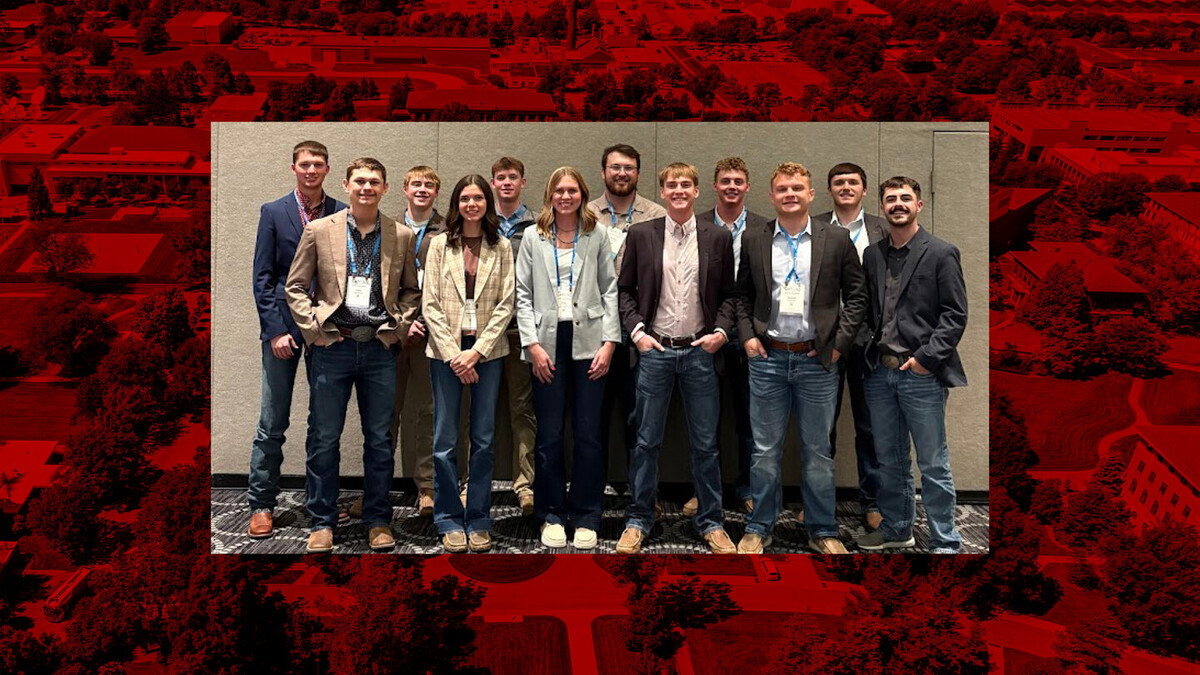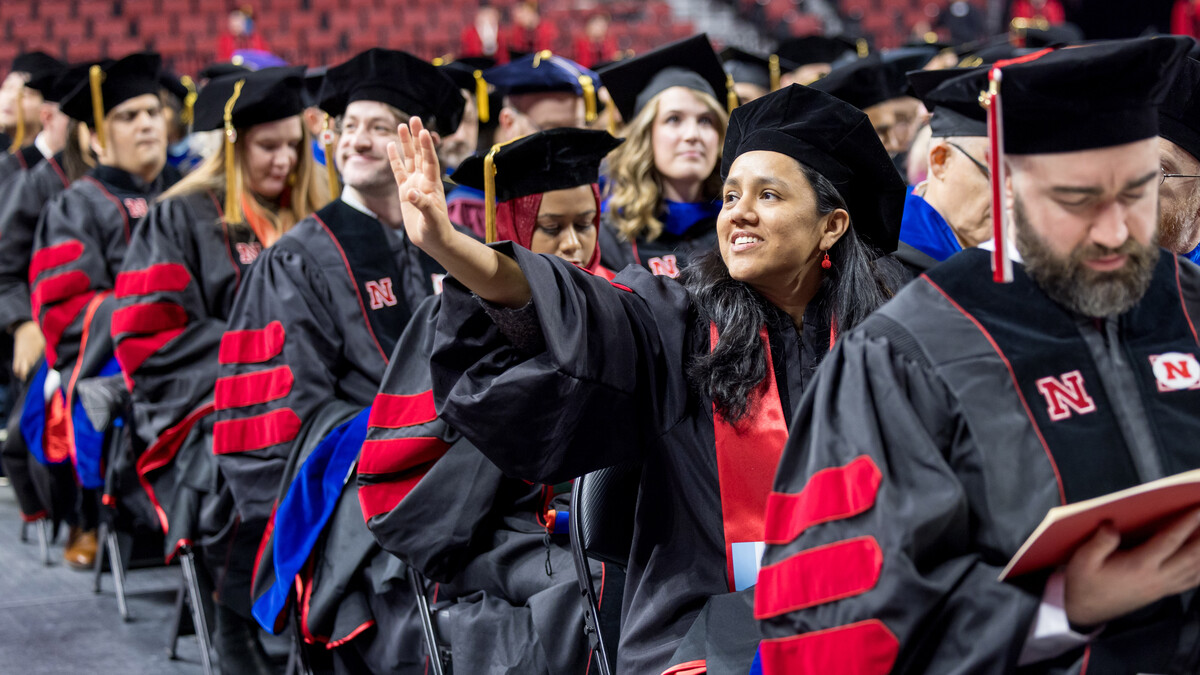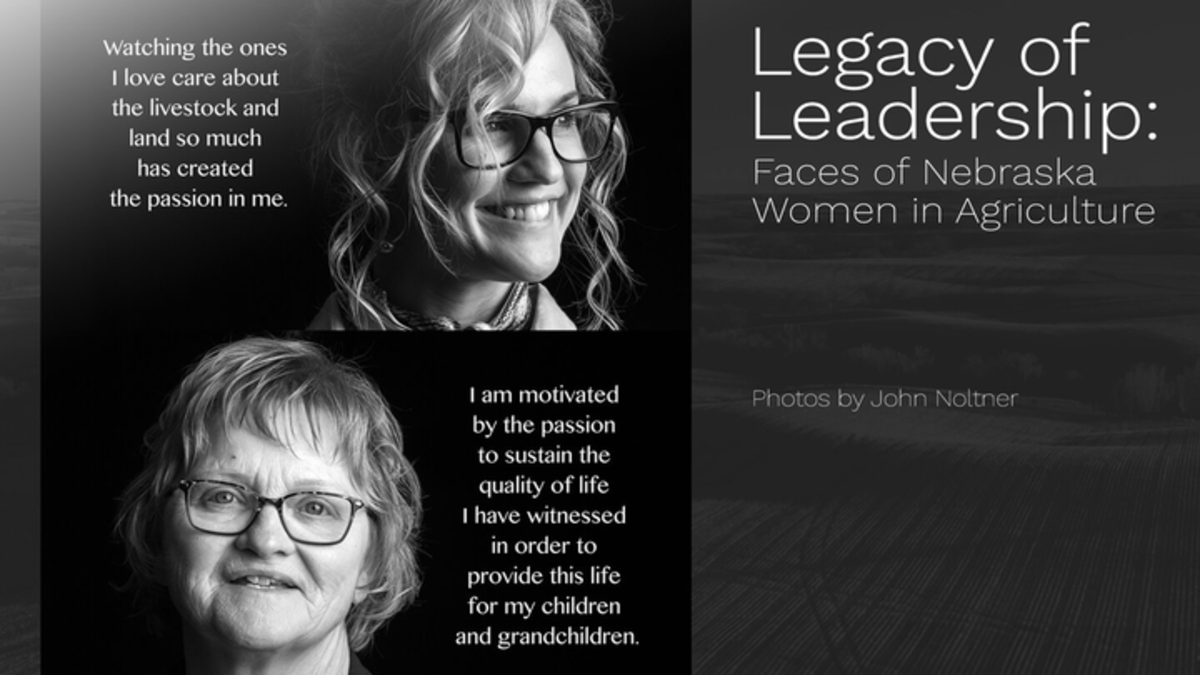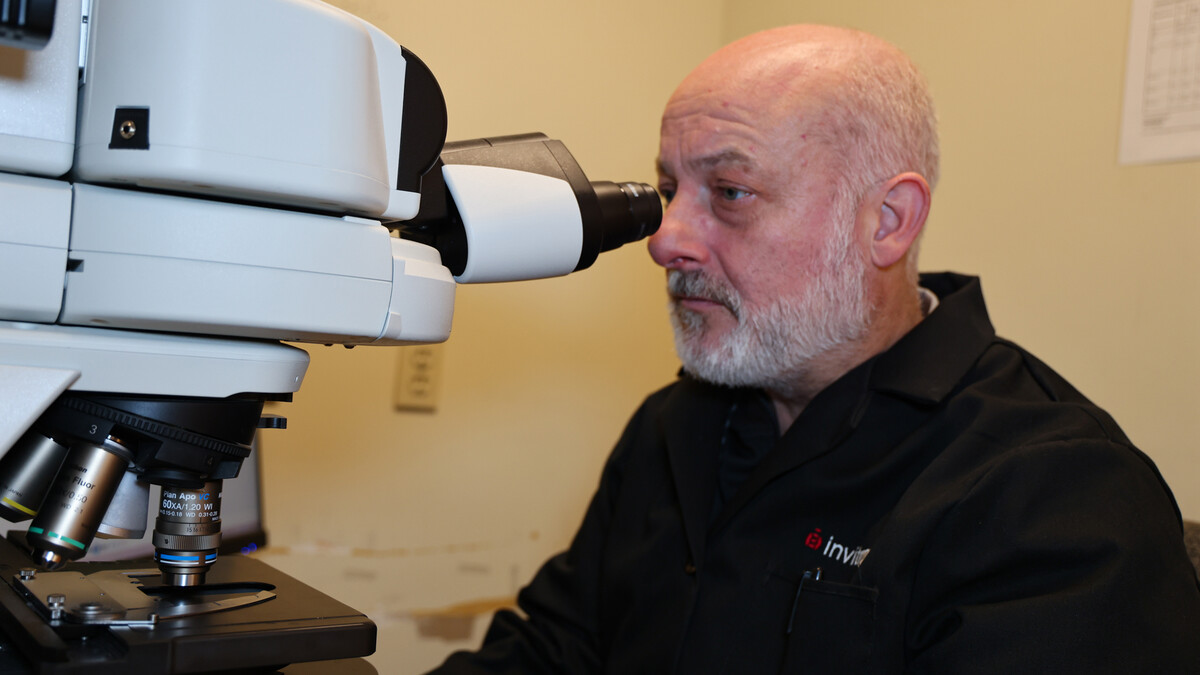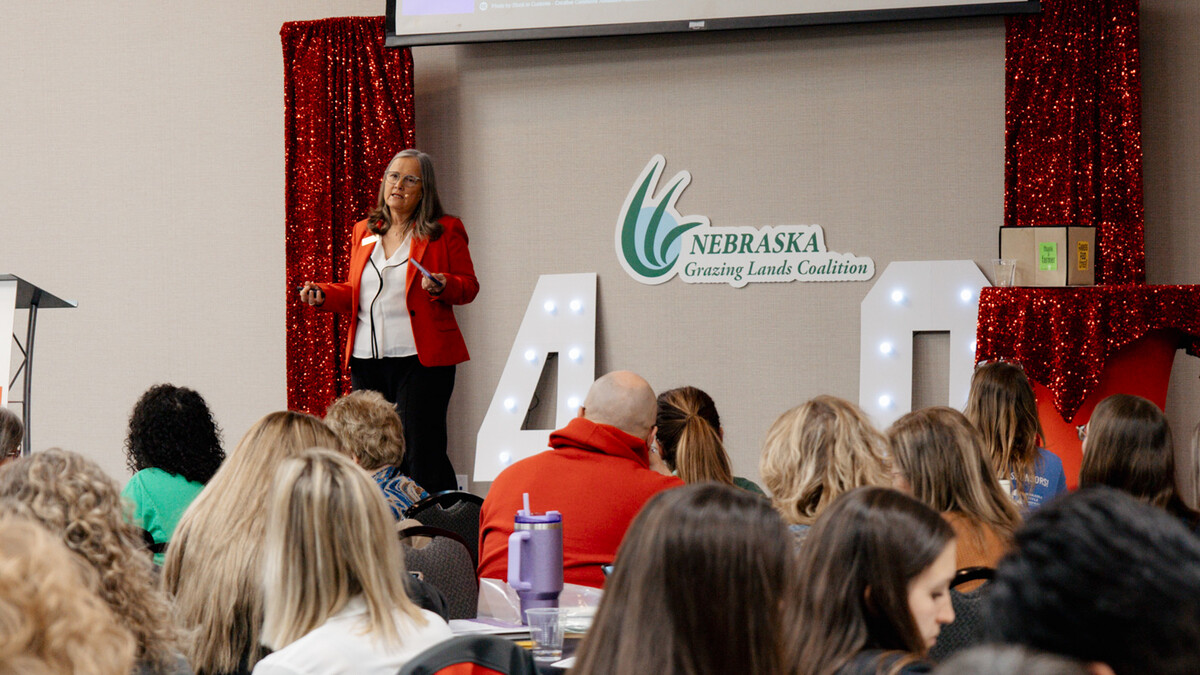
Rural Prosperity Nebraska and the Nebraska Regional Food Systems Initiative (NERFSI) announce the release of the 2025 Farmers Market Price Report. A cross section of the produce often available at farmers markets, the report compares high, low and average prices of select fruits and vegetables for each month of the market season.
“Nebraska farmers have to choose between different market opportunities like farmers markets and grocery stores, but do so in the absence of reliable information on what prices they can expect to receive from each,” said Ben Jewell, the Rural Prosperity Nebraska Extension educator and team lead for NERFSI who compiled the report. “These reports are a first step in providing Nebraska farmers with critical market intelligence to help them with their business decision making.”
According to All Things Nebraska, in 2022 nearly 90 farmers markets operated weekly in 54 counties across the Cornhusker State.
Compiling pricing information from markets in Omaha, Lincoln, Kearney and McCook, the reports use a range of data from across the state to satisfy two goals, said Jewell.
First, the reports act as a comparison tool for small-scale farmers and first-time market vendors, allowing them to see what they can expect to receive for their goods month to month as production ebbs and flows with each season.
This year, a head of lettuce averaged $4.48 in May and dropped to $3.80 in July. Conversely, cucumbers in May averaged $1 each but increased to an average of $1.29 each by July.
Second, when deciding between a grocery store or a farmers market, consumers can use the reports to help them more accurately balance cost, ease of access, and freshness of produce when deciding how to meet their individual and family needs.
“These reports do more than just keep the economy local,” said Jewell. “They also help maximize health potential in our rural communities. Each individual can use these reports to make the best, most informed decision for their individual needs. This sets up producers to maximize their income, and it sets consumers up to get the most out of their hard-earned dollars.”
Additional reports will be released in Oct. and Nov. To see the full reports, visit the Nebraska Regional Food Systems Initiative website.
Questions? Contact Ben Jewell at bmcshane-jewell2@unl.edu.

